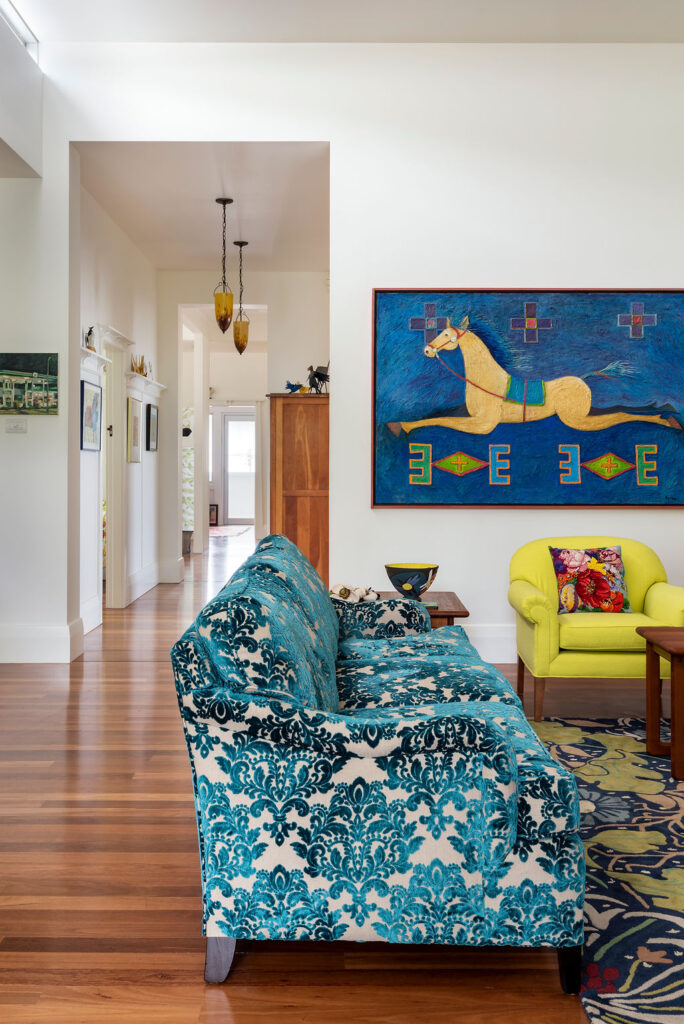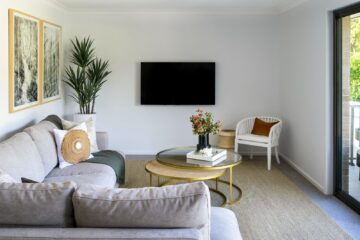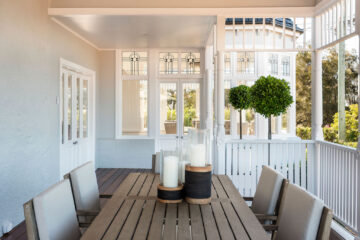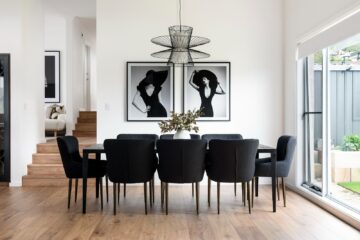In the world of interior design, creating a space that is visually captivating and harmonious is an art form. One way to achieve this is by incorporating a mix of patterns and textures. When done right, the combination of various patterns and textures can elevate the overall aesthetic of a room, adding depth, character, and visual interest. In this article, we will delve into the art of mixing patterns and textures in interior design, exploring tips, tricks, and inspiring ideas to help you master this creative endeavour.
1. Understanding Patterns:
Patterns are a powerful tool in interior design, offering a way to express personality and add visual energy to a space. When mixing patterns, it’s essential to consider the scale, colour, and style of each pattern. Opt for a mix of different scales to create contrast and balance. For example, pair a large-scale floral print with a smaller geometric pattern for a dynamic effect. Additionally, select patterns that share a common colour palette to ensure coherence and harmony within the space.
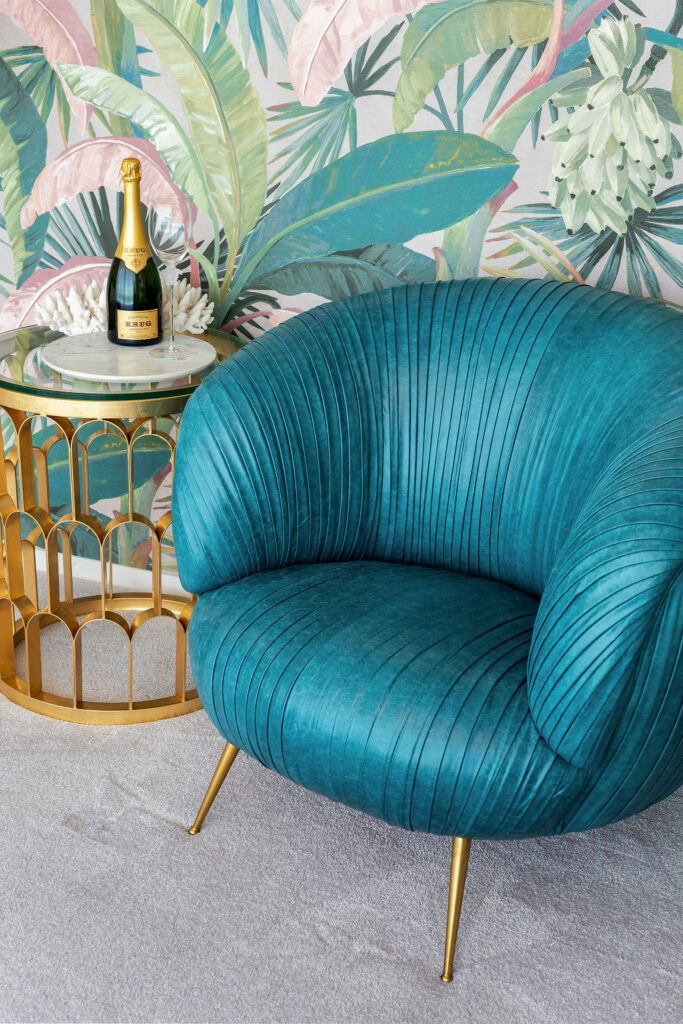
2. Exploring Textures:
Textures bring tactile and visual interest to a room, evoking a sense of coziness and warmth. Incorporating various textures creates depth and dimension, making a space more inviting. Consider incorporating materials like velvet, linen, leather, woven fibres, and metallic accents. Combining different textures not only adds visual appeal but also provides a sensory experience, making the room feel more layered and luxurious.
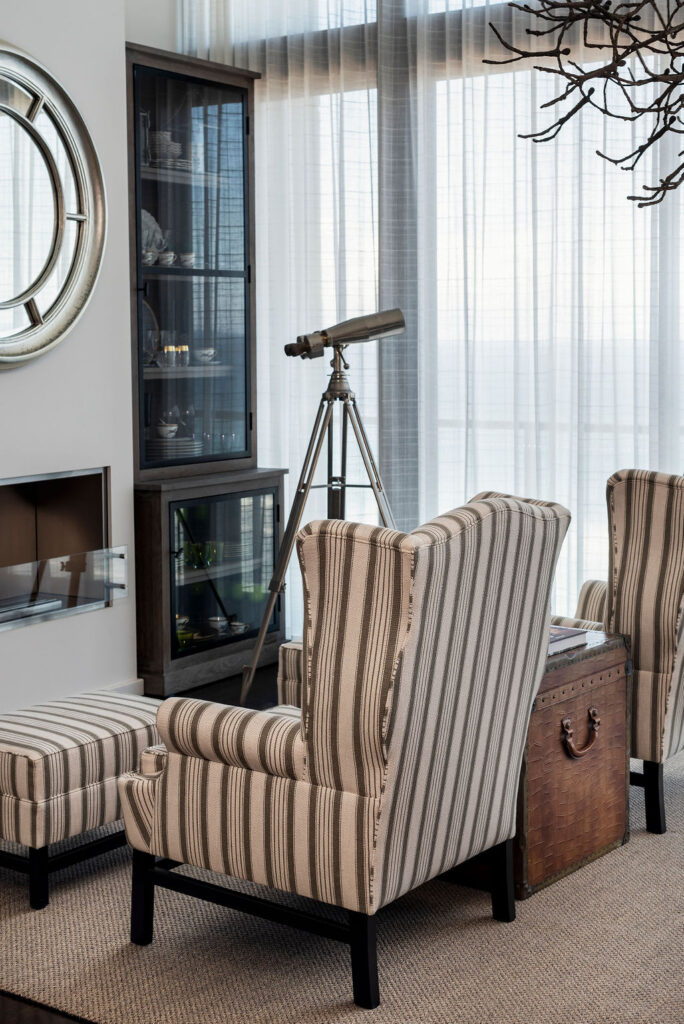
3. Finding Balance:
When mixing patterns and textures, striking the right balance is crucial. It’s essential to avoid overwhelming the space with too many competing elements. Begin by selecting a dominant pattern or texture as the focal point and build around it. For instance, if you have a bold, patterned wallpaper, pair it with solid-coloured furniture and textured accessories. Aim for a mix of bold and subtle patterns to create contrast while maintaining cohesion.
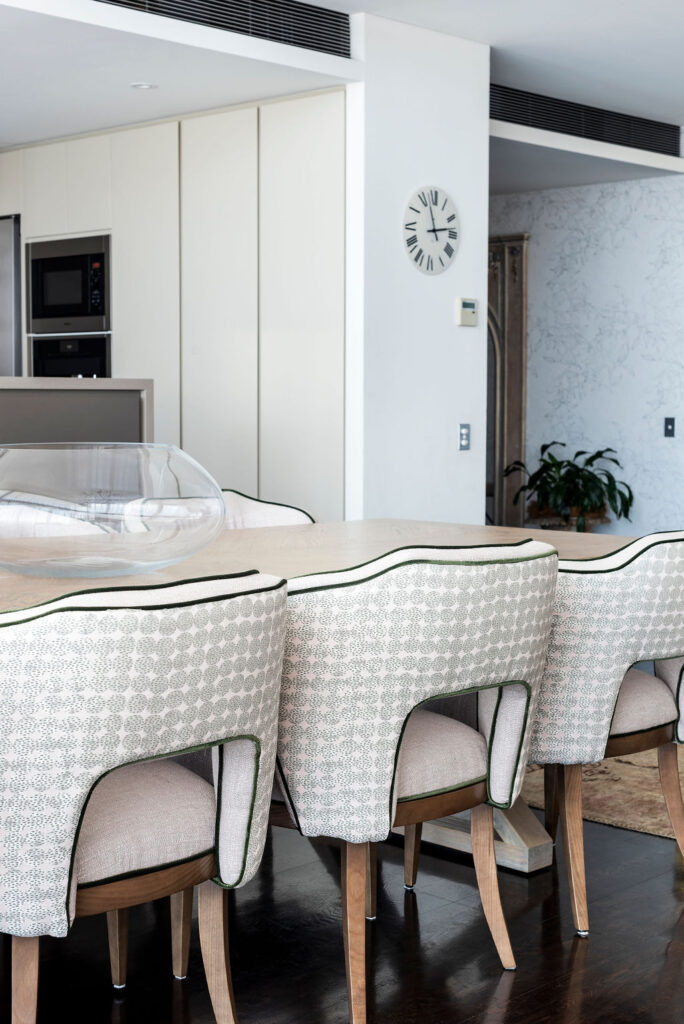
4. Harmonizing Colors:
Colours play a significant role in pattern and texture mixing. Choose a colour scheme that ties the various patterns and textures together. You can opt for complementary colours to create a vibrant, eye-catching look, or choose analogous colours for a more harmonious, cohesive feel. Experiment with different shades and hues to strike the right balance and ensure that no single pattern or texture overwhelms the others.
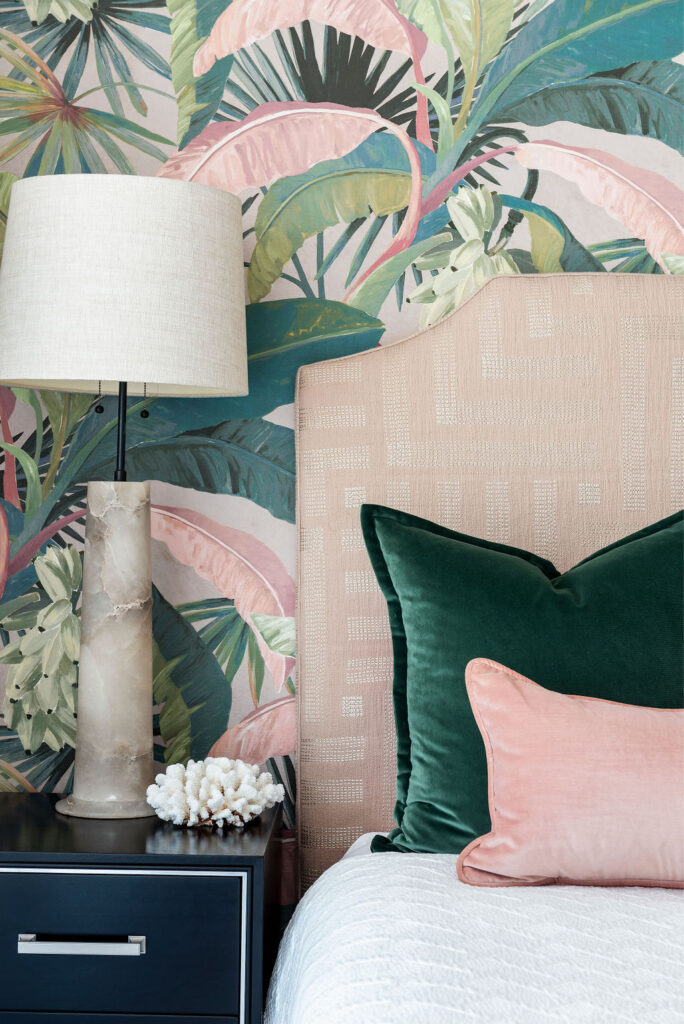
5. Layering and Placement:
Layering patterns and textures is an effective way to add depth and visual interest to a space. Start by layering patterns and textures on larger surfaces like walls, rugs, or upholstery. Then, introduce smaller-scale patterns and textures through accessories such as throw pillows, curtains, or artwork. Pay attention to the placement of patterns and textures to create a balanced composition. Distribute them strategically throughout the room to create a sense of flow and continuity.
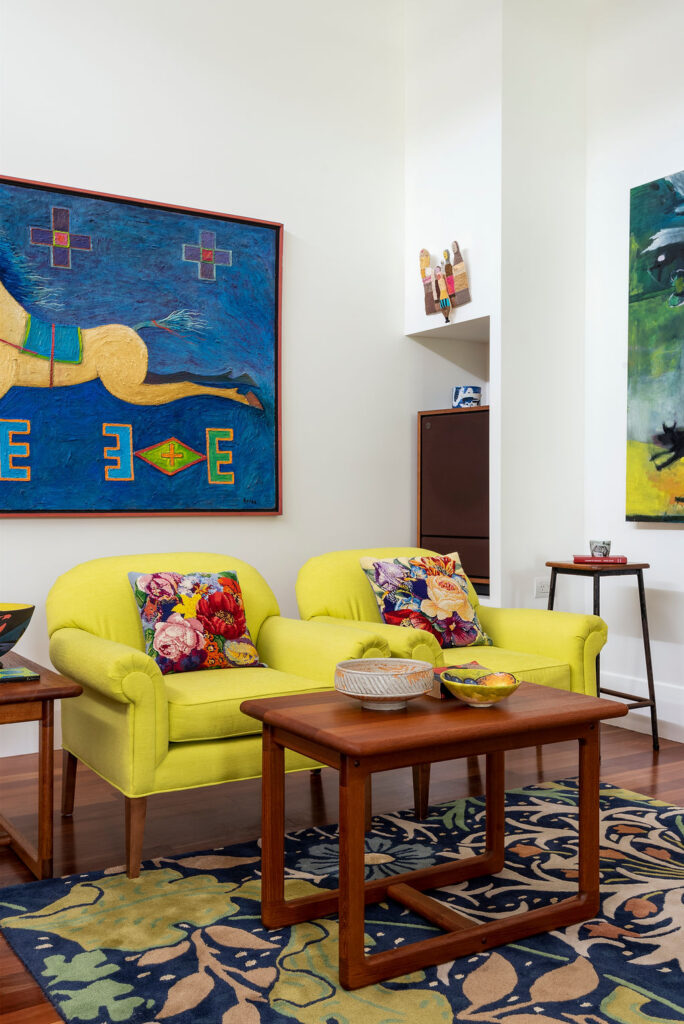
6. Confidence and Experimentation:
Above all, mixing patterns and textures in interior design requires confidence and a willingness to experiment. Don’t be afraid to step out of your comfort zone and try combinations that may seem unconventional. Trust your instincts and embrace the creative process. Remember, interior design is a reflection of personal style, and by experimenting, you can create a unique and captivating space that speaks to your individuality.
Conclusion:
The art of mixing patterns and textures in interior design opens up a world of possibilities. It allows you to infuse your space with personality, depth, and visual interest. By understanding patterns, exploring textures, finding balance, harmonizing colours, layering, and embracing experimentation, you can create stunning interiors that captivate the senses. So, let your creativity flow, and embark on a journey to design spaces that are as unique as you are.

